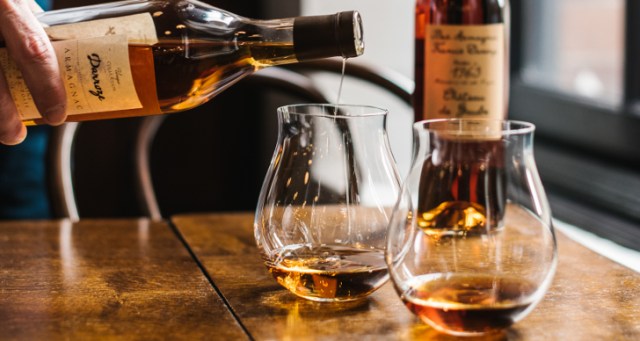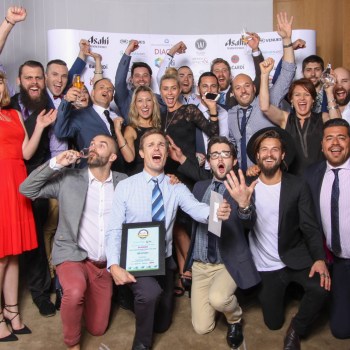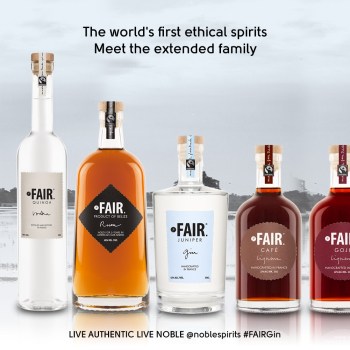As the trend for premium spirits continues to gather steam, seemingly ‘old world’ spirits like Armagnac are due for a revival.
Marc Darroze’s family has been distilling their world-class Armagnac for many years, quietly producing award-winning spirits for decades. Indeed the Armagnac Darroze 1980 ‘Domaine de la Poste’ picked Best Spirit in the World 2015 from Spirit Magazine, while the Armagnac Darroze 50 years is highly sought after.
Marc Darroze has seen a lot of changes in the industry in his 20 years, with the global trend for spirits gaining traction year on year.
“Honestly I’ve been working in my company for 20 years and we increase our sales every year,” he says. “I have a feeling that there is more and more countries in the world that are interested in more sophisticated spirits and wines and also food – things you can take some emotion from. I believe that we are in this category – we give emotion to people.”
The consistent growth in the category might come as a surprise to some, however, according to Darroze, it is due to the hard work being put in by the Scotch whisky and rum categories that has inspired more young drinkers to explore more obscure spirits.
“We have the chance to be in the same category as Scotch whisky and rum and I can say that they have made a good job of educating people and explaining that a spirit can be as complex as a wine, which was not so evident 20 years ago,” he says. “It helps everybody including Armagnac to find some young consumers.
“We can see a lot of people arriving at the distillery, for example, and they are between 20 years old and 30 years old. We see more and more and more of the new generation arriving and they explain that they know very well rum or Scotch whisky and they want to better understand the French spirits, including Armagnac. So it’s good for us.”
However, with global health consciousness always growing, Darroze is adamant that the spirits category also needs to continue this education process.
“We have to educate people to show that we are able to give pleasure and it’s not a question of quantity, it’s a question of quality. That’s part of the job today,” he says.
While brandies like Armagnac have connotations of fine dining, there is plenty of space in on-premise spirits lists for one or two Armagnacs to offer a point of difference for consumers says Darroze. He suggests that for waiters, sommeliers and bartenders, it is essential to know where to place an Armagnac in the evening’s progression for customers, to give them the best possible experience of the spirit.
“There are different ways to approach the Armagnac, you have the very young Armagnacs that are less than 10 years old, so two years, and these Armagnacs can be a good base for aperitifs, or cocktails, but can also be consumed with ice when it’s not too oaky,” he says. “And after you have the classic digestif – think a 1981 vintage, 20 year blend, or 50 year blend – all these Armagnacs are so complex that if you don’t like dessert, for example, you have a glass of Armagnac and you can stay for an hour or two hours with your glass and it’s always changing and moving, the flavours are in evolution all the time.”
Knowing what sets different producers apart from each other is also essential when educating consumers. There is as much diversity in Armagnac producers as there is in wine and Scotch whisky, with terroir being very important.
“What we can say about the Darroze Armagnacs we have a very large and complex diversity in style due to the fact that we decided, and my father decided, in the 60s – and we continue today, 50 years after – not to blend all these different Armagnacs together and to keep each one separate,” he says.
The rise of brandy has of course been helped along by the classic cocktail trend that has swept the globe, however there is some way to go when it comes to convincing bartenders to look beyond the more basic styles of Armagnac in mixed drinks.
“Today I can see a lot of mixologists using some very nice champagne and rums and even Scotch whiskies for cocktail bases,” he says. “But they are still very focused on using basic Armagnac to make cocktails. So I hope that in the near future I will see some mixologists use some eight year old or 12 year old Armagnacs to make cocktails. Something a little more complex in style.”
Image by Alana Dimou.



